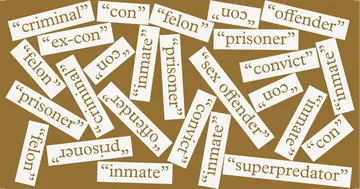The place: All federal courtrooms in the United States.
The rule: Electronic media coverage of criminal proceedings (no cameras, no microphones, no television, no radio) has been discouraged since 1937 and expressly prohibited since 1946. The rule does not apply to state courts, where the vast majority of criminal trials occur.
The Reason: Excessive, prejudicial coverage of high-profile criminal trials in the 1920s and 1930s, culminating with the circus-like trial of Richard Bruno Hauptmann, accused and ultimately convicted of kidnapping and murder the infant son of aviation legend Charles Lindbergh. These chaotic proceedings — like the Leopold and Loeb murder trial in Illinois in 1924 — were seen as undercutting a defendant’s constitutional rights to a fair trial by fostering an atmosphere of public prejudice toward him. The intense media coverage — like the John Scopes “Monkey” trial in Tennessee in 1925 — also diminished courtroom decorum, which trial judges fret about constantly.
The Real Reason: Today, judges, including a clear majority of justices on the United States Supreme Court, say they will continue to refuse to allow electronic coverage of federal criminal proceedings out of concern for witness safety, the possibility of jury intimidation, and jailhouse security, among other factors. This prohibition, of course, extends to the Supreme Court itself, which only allows intermittent electronic recording. Many state jurisdictions, however, continue to permit some form of electronic coverage of criminal trials, decided on a case by case basis by the presiding judge. This is why, despite the federal ban, we all were able to watch the sensationalized O.J. Simpson murder trial in California 20 years ago and countless other high-profile murder trials before and since.
The Repercussions: As a result of the ban, media outlets tend to rely on courtroom sketch artists. There is very little historical record on why these artists are permitted when photographers, for example, are not. But here is one federal appeals court decision, from 1974, that recognizes limited constitutional protection for sketching. Perhaps the courts will be willing to reconsider that ruling in light of what happened to poor Tom Brady in federal court on Wednesday.
